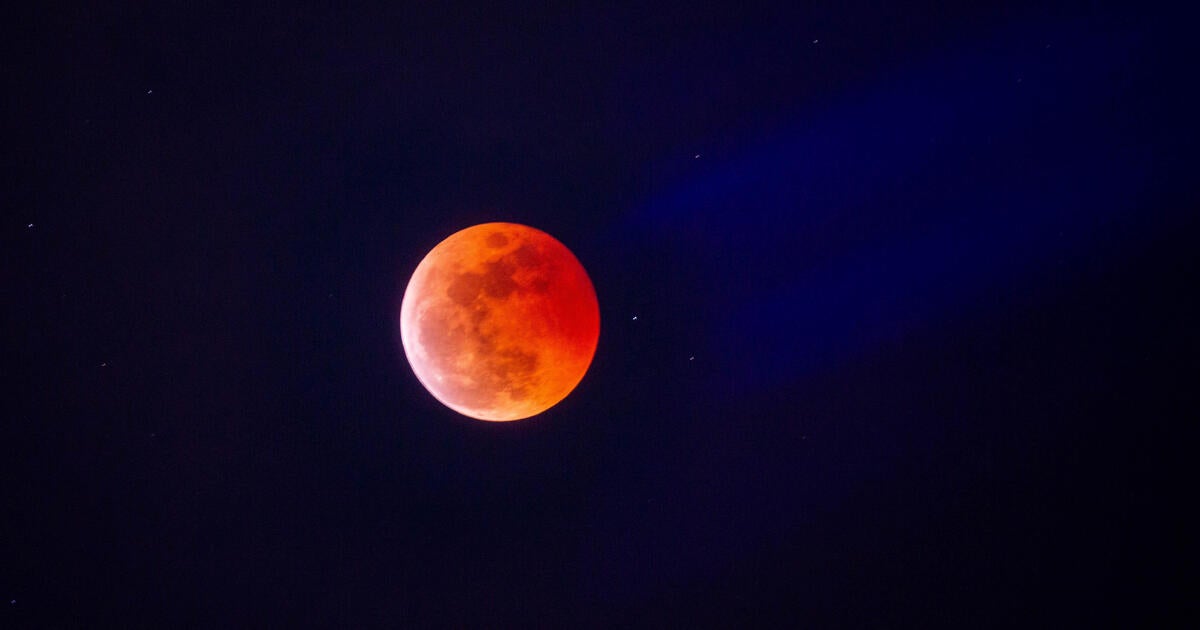Witness the Spectacular “Blood Worm Moon”: Timing and Viewing Guide for March’s Lunar Eclipse
March brings with it a celestial marvel that captivates sky watchers and stargazers alike—the “Blood Worm Moon.” This striking phenomenon is not just a full moon; it coincides with a lunar eclipse, offering a breathtaking spectacle that’s hard to miss. In this guide, we’ll delve into what makes the Blood Worm Moon so special, when to catch it, and how best to view this awe-inspiring event.
Understanding the Blood Worm Moon
The term “Blood Worm Moon” has its origins steeped in history and tradition. The name comes from the Algonquin tribes of North America, who referred to the March full moon as a time when earthworms would emerge from the thawed ground, heralding the arrival of spring. The “blood” aspect refers to the reddish hue that the moon takes on during a total lunar eclipse, creating a truly mesmerizing sight.
During a lunar eclipse, the Earth passes between the sun and the moon, casting a shadow on the moon. When this happens, the moon can appear to take on a deep red color, often compared to the color of blood—a phenomenon that provides the Blood Worm Moon with its evocative name.
Timing of the Blood Worm Moon and Lunar Eclipse
This year, the Blood Worm Moon will occur on **March 14, 2024**. The total lunar eclipse associated with this event will begin at **10:00 PM EDT** and reach its peak at around **11:30 PM EDT**. The entire event will last for about 5 hours, with totality lasting approximately 1 hour and 15 minutes, during which the moon will showcase its brilliant red hue.
Here’s a quick timeline for the event:
- **Partial Eclipse Begins:** 10:00 PM EDT
- **Total Eclipse Begins:** 11:30 PM EDT
- **Maximum Eclipse:** 11:45 PM EDT
- **Total Eclipse Ends:** 12:45 AM EDT (March 15)
- **Partial Eclipse Ends:** 1:55 AM EDT (March 15)
Where to View the Blood Worm Moon
Viewing the Blood Worm Moon can be a magical experience, but choosing the right location is crucial. Here are some tips on where to watch:
- Open Spaces: Look for open fields or parks that offer an unobstructed view of the sky. Urban areas with tall buildings can obstruct your view.
- High Elevations: If possible, find a spot at a higher elevation, such as a hill or mountain, to provide a clearer view.
- Dark Skies: Light pollution can significantly diminish your lunar viewing experience. Consider traveling to a more rural area where the skies are darker.
- Local Astronomy Clubs: Many astronomy clubs host viewing events during lunar eclipses. Joining one can enhance your experience with expert guidance and telescopes.
Preparing for Your Viewing Experience
Preparation is key to making the most of your Blood Worm Moon viewing. Here are some suggestions:
- Check the Weather: Cloud cover can ruin your plans, so make sure to check the weather forecast in advance. If clouds are expected, have a backup location in mind.
- Bring Binoculars or a Telescope: While the moon is visible to the naked eye, binoculars or a telescope can enhance the details and make the experience more immersive.
- Dress Appropriately: March nights can be chilly, so dress warmly and bring blankets or chairs for comfort.
- Photography Gear: If you want to capture the moment, bring a camera with manual settings, a tripod, and learn some basic astrophotography techniques.
What to Expect During the Eclipse
As the eclipse unfolds, you’ll witness several stages:
- Partial Eclipse: The moon will begin to darken as it enters the Earth’s penumbral shadow, gradually transitioning to a more pronounced shadow.
- Total Eclipse: During this phase, the moon will take on its stunning red color. This is the prime time to observe and photograph the Blood Worm Moon.
- End of the Eclipse: The moon will gradually return to its normal brightness, signaling the end of the event.
My Personal Experience with Lunar Eclipses
Having witnessed several lunar eclipses myself, I can attest to the sheer wonder they bring. The atmosphere during these events is electric, with fellow stargazers sharing their excitement and marveling at the sight. It’s a moment that transcends individual experience—uniting people under the night sky in awe of the universe’s beauty.
One of my most memorable experiences was during a total lunar eclipse a few years back. I set up my telescope in a quiet park and was joined by a handful of friends and fellow enthusiasts. As the moon turned red, we shared stories about ancient cultures and their interpretations of such celestial events. It felt like stepping into a shared history, where we were all connected by the same celestial body that had inspired countless generations before us.
Conclusion: Embrace the Moment
The upcoming Blood Worm Moon on March 14, 2024, paired with a lunar eclipse, promises to be a spectacular event that should not be missed. Whether you’re an experienced astronomer or a casual observer, this is an opportunity to connect with nature and the cosmos.
Mark your calendars, prepare your viewing spot, and gather your friends and family. The Blood Worm Moon is more than just an astronomical event; it’s a reminder of the beauty that exists in our universe and the shared experiences that bring us closer together. So, let’s embrace the moment and witness this breathtaking phenomenon in all its glory!
See more Your Daily Weather



